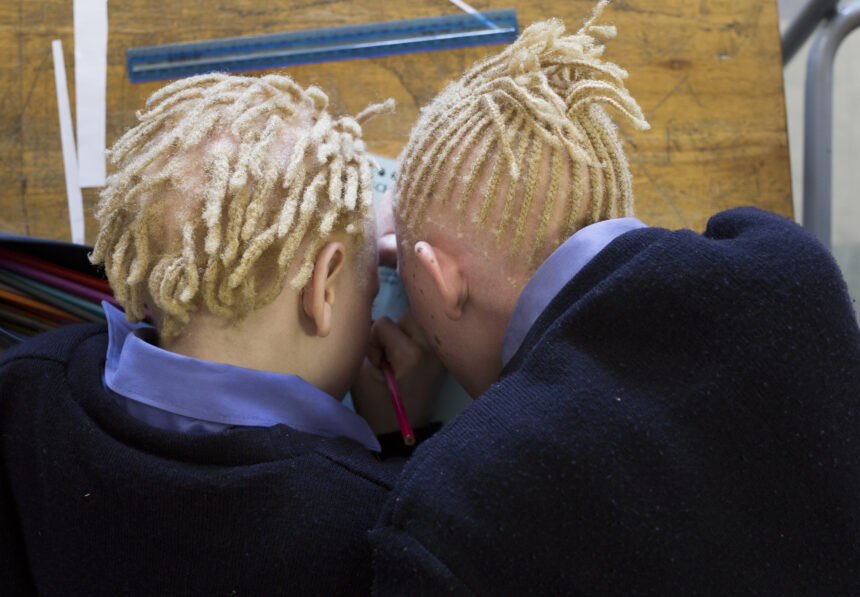At 31, Jenniffer Kaulinge has albinism – her skin, hair and eyes lack melanin, the pigment that gives skin its colour, and helps protect it from damage by ultraviolet light from the sun.
It is a genetic disorder inherited from parents who both carry a faulty gene that prevents the skin from making melanin properly.
Based in Otjiwarongo, Kaulinge. She is one of Namibia’s 38 000 people living with the condition.
“There is not much discrimination, but more still needs to be done in the area of social services and general welfare for us,” she said.
Of the 38 000 Namibians living with albinism, about 1.3% of that number are found in rural areas, and over 1.2% reside in the country’s urban areas.
This is according to the recently-released 2023 Census and Housing Main Report.
The report indicates that 1.3% of the country’s male and female populations are people living with albinism.
At the regional level, Oshikoto has the highest percentage of people with albinism at over 1.6%, while the Hardap region has the lowest percentage at just 0.8%.
“We have access to education and general healthcare, but there are instances where we are forced to queue for hours in the sun to receive help at clinics and police stations, which is not ideal for our skin condition,” said Kaulinge.
She added: “Another example was during the voters’ registration period here, in Otjiwarongo, where I had to wait in the long lines with everyone to register myself. The heat did not make it any easier for me. Although I had a hat on, my arms and legs were badly exposed for all those hours. So, I would really like to appeal to institutions to think of us”.
She fears for the lack of sensitisation of albinism among communities, and expects to be considered or aided when queuing up to vote, as the sun is likely to take its toll on people with albinism.
Persons aged between five and nine have the highest percentage of the country’s population with albinism for both males and females, which stood at 18.8% and 17.7%, respectively, the report further indicates.
Unprotected
The 2022 Ombudsman report on public hearings on discrimination and other challenges faced by persons with albinism in Namibia found that the country does not have tailor-made laws and policies that specifically list albinism as a disability.
Disability
Albinism in Namibia is treated as a disability in practice due to the healthcare needs of this vulnerable group.
Many are affected by visual impairment due to the lack of melanin that is naturally required for optical nerve development. Therefore, persons with albinism often have vision problems, which include crossed eyes, sensitivity to light, involuntary rapid eye movements, impaired vision, or blindness or astigmatism.
Another common condition is skincare issues, which is due to the lack of melanin in the skin.
Persons with albinism are prone to sunburn, and are more likely to develop skin cancer as a result.
Aside from the health challenges mentioned above, persons with albinism in Africa face stigma, discrimination, abuse, dehumanisation and sometimes brutal murder for rituals.
In Namibia, two non-governmental organisations cater for the needs of persons with albinism, namely the National Albinism Association, and the Support in Namibia of Albinism Sufferers Requiring Assistance.
-ohembapu@nepc.com.na


